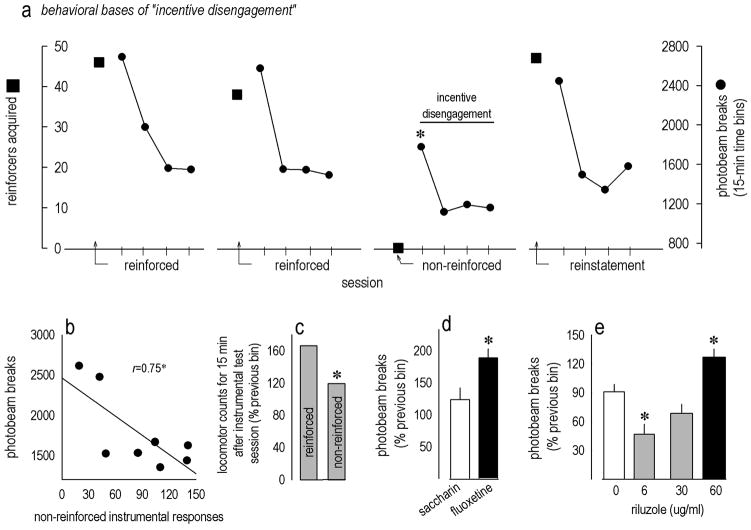Figure 2. Validation and utility of the incentive disengagement model of acute depressive-like behavior.
(a) The incentive disengagement model was adapted for use in mice: Animals learned to earn food pellets in an operant conditioning chamber. After stable responding was established, locomotor activity was monitored immediately after the session; two sessions are shown with reinforcements earned by squares and locomotor activity counts represented by connected circles. When reinforcement was withheld (“non-reinforced” condition), locomotor activity declined. Responding for food was reinstated the following day, and locomotor activity was restored. (b) As added evidence that locomotor activity relates to an animal’s recent instrumental experience, photobeam breaks in the first 15 min after the nonreinforced test session correlated with nonreinforced responses made prior to locomotor monitoring. Symbols represent individual mice. (c) When mice were reinforced, locomotor activity in the first 15 min was approximately 166% of the last 15 min the previous day. By contrast, if reinforcement was withheld, locomotor activity was only approximately 119% of this habituated baseline. Bars represent group means in a within-subjects comparison. (d) Chronic fluoxetine occluded the expected decline in locomotor activity relative to saccharin control treatment, and (e) 60 μg/ml riluzole also increased activity, suggestive of an antidepressant-like effect, while mice treated with 6 μg/ml showed decreased activity. Bars represent group means +SEMs in between-subjects comparisons (*ps≤0.05).

